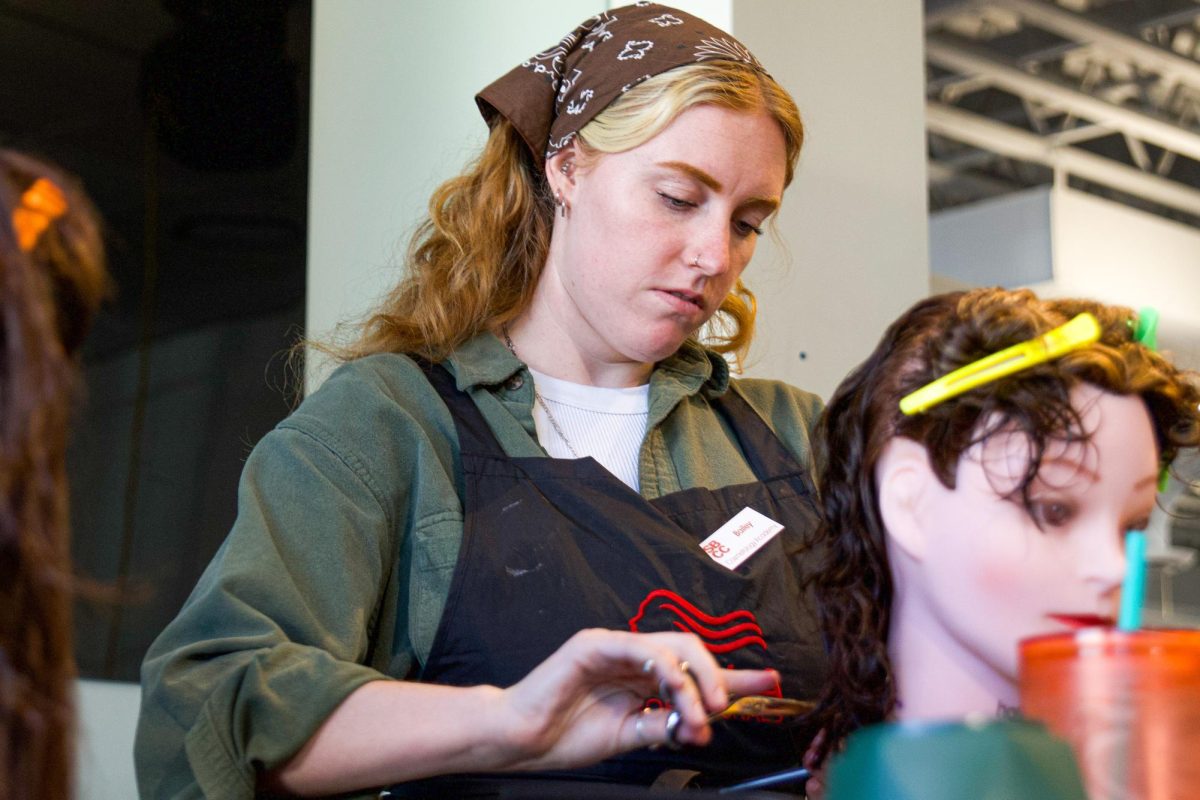The most recent addiction trend consists of inhaling nicotine infused water vapor over traditional cigarettes.
But what makes smoking electronic cigarettes so great?
“In my opinion, they’re more respectful to use in public rather than regular cigarettes,” said journalism major Giselle Vasquez, 19. “I think they’re more for looks and to use for fun.”
Electronic cigarettes, also known as e-cigs or e-cigarettes, is a battery operated nicotine inhaler that contains a cartridge filled with nicotine, flavor and other chemicals. It carries an LED light that glows when someone puffs on the e-cigarette. This simulates the burning of a tobacco-based cigarette.
According to Forbes Magazine, a popular brand called blu eCigs brought in approximately $30 million in revenue in 2011. As a whole, e-cigs generate between $250 and $500 million annually.
Electronic cigarettes can be purchased in different colors and have flavors such as cherry, coffee or vanilla. This attributes making e-cigs attractive to young adults.
The Tobacco Vapor Electronic Cigarette Association estimates that four million Americans use battery powered cigarettes. The organization predicts that the sales of e-cig devices will be more than one billion by the end of this year.
Because they are non-burning, e-cigs do not carry the same health risks as regular cigarettes but are still unhealthy.
In 2009, the Food and Drug Administration constructed an analysis of e-cigs from two leading brands. The samples contained carcinogens and many other hazardous chemicals, including diethylene glycol, a chemical found in antifreeze.
Electronic cigarettes are known to increase breathing difficulty in both smokers and non-smokers.
As of August 5, 2013, City College converted to a tobacco-free and smoke-free campus.
Reasons cited for converting were to maintain a healthy and safe workplace on campus. As well as to eliminate second-hand smoke hazards and to avoid discarded cigarette butts resulting in trash around campus.
“I support the decision to be a smoke-free campus. It’s for the good of all of our students and faculty. It makes a healthier campus,” said Laura Fariss, director of student health services.
Joseph Sullivan, vice president of business services, said the reactions from students and faculty about the new policy is better than expected.














